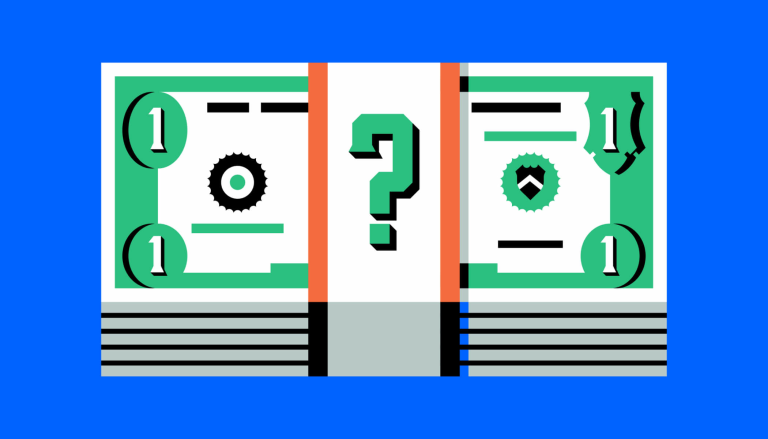What is a crypto Proof-of-Reserves (PoR)?

Proof-of-Reserves (PoR) is a verification method that demonstrates a crypto platform's ability to maintain its users' digital assets.
PoR seeks to provide transparency and protection to users' assets, preventing misuse and ensuring the platform can fulfill withdrawal requests.
Despite its benefits, PoR has limitations, including the inability to account for off-chain activities and liabilities to customers.
Understanding Proof-of-Reserves (PoR)
Proof-of-Reserves (PoR) is a verification method that demonstrates a crypto platform's ability to maintain its users' digital assets.
It's akin to a receipt that shows a crypto platform has the digital assets it claims to hold for its users.
PoR seeks to demonstrate the solvency and liquidity of a platform, assuring users that the platform can fulfill their withdrawal requests when the need arises.
The Role of PoR in Crypto Audits
The need for PoR became evident following the collapse of Mt. Gox in 2014, which raised serious questions about the trustworthiness of centralized platforms for cryptocurrency.
The platform's misuse of users' assets led to a deficit of nearly $10 billion, causing a massive surge of users withdrawing their funds. However, due to its lack of a proper reserve, the platform couldn't fulfill users' withdrawal requests, leading to its eventual bankruptcy.
This event highlighted the need for crypto audits, with PoR playing a role in regaining public trust.
How Does PoR Work?
PoR verification prevents platforms from using users' deposited assets to acquire loans or make investments.
It provides users with a verifiable source of information, allowing them to monitor activities in their individual accounts and gain clarity on how the platform is managing their funds.
PoR reduces audit tampering by documenting all on-chain activities, including monitoring wallets to track asset movements.
Merkle Tree-based Proof of Reserves
PoR uses a form of self-regulation, where an independent auditor generates a snapshot of the platform's balance sheet and organizes it using a Merkle tree.
A Merkle tree is a data structure created by repeatedly hashing a large data set.
By using a Merkle tree-based PoR, the auditor can aggregate all the users' account balance data into a Merkle root, ensuring the account balance of any individual user is not exposed to the public.
Limitations of PoR
Despite its benefits, PoR has limitations. Platforms can still hide their insolvency while appearing transparent using PoR. This is because PoR provides attestations of assets and leaves out platforms' off-chain activities and liabilities to customers.
Therefore, while PoR is a tool that seeks to enhance transparency and trust in the crypto space, it's not a foolproof solution to all the challenges associated with managing digital assets.


